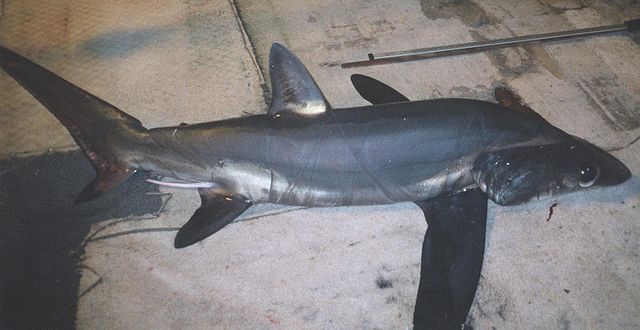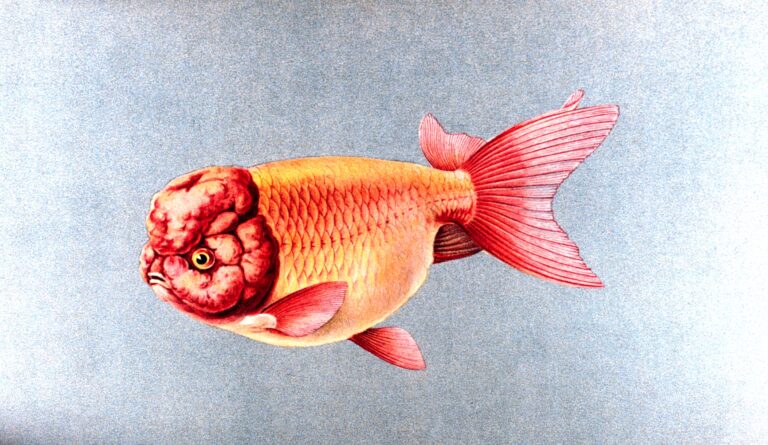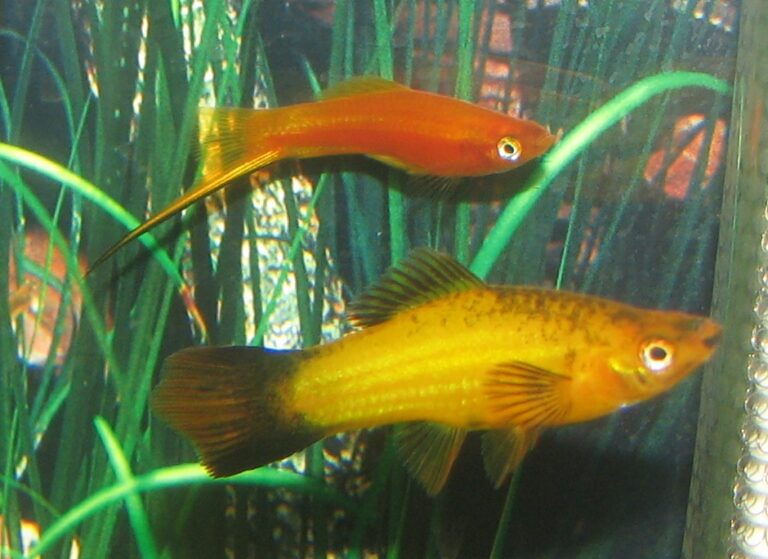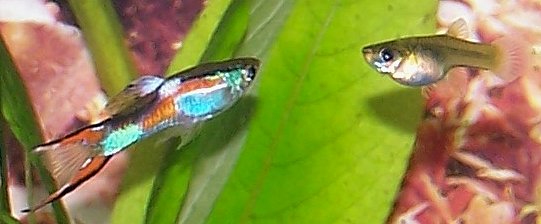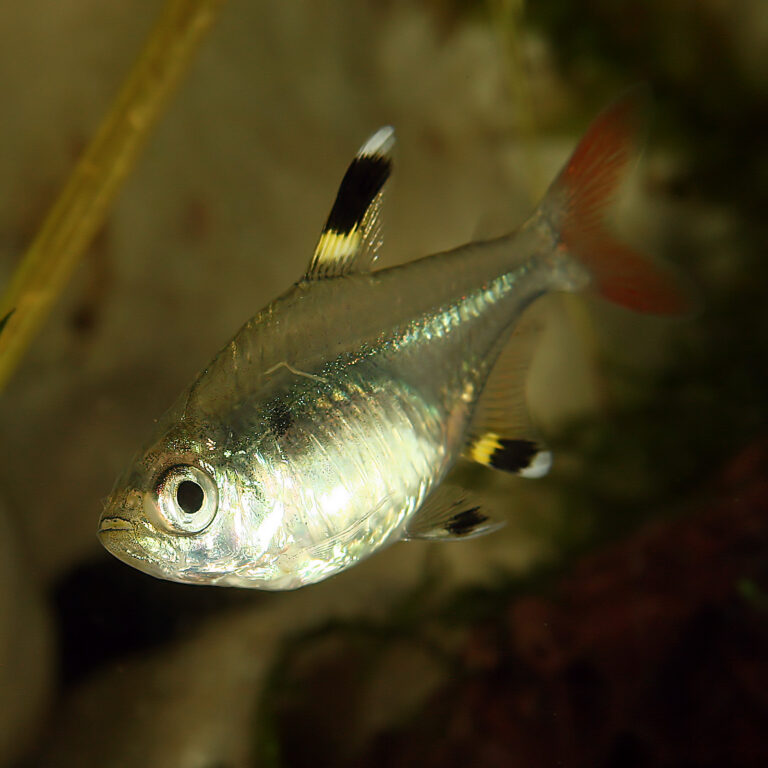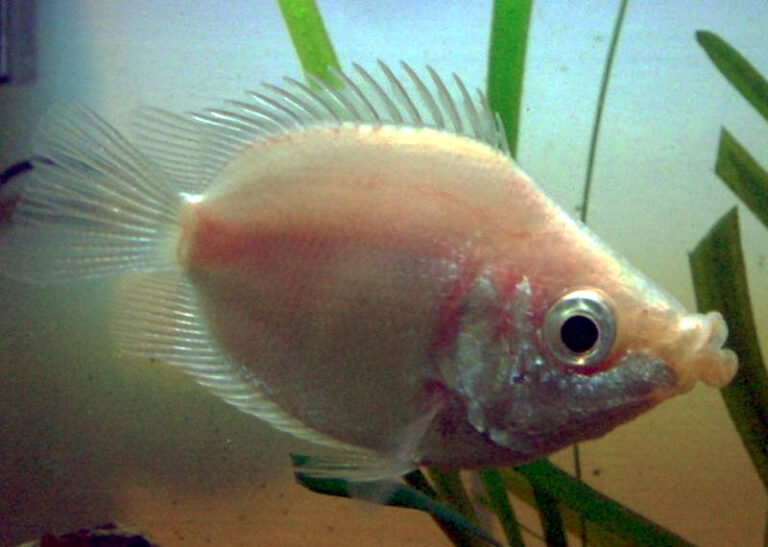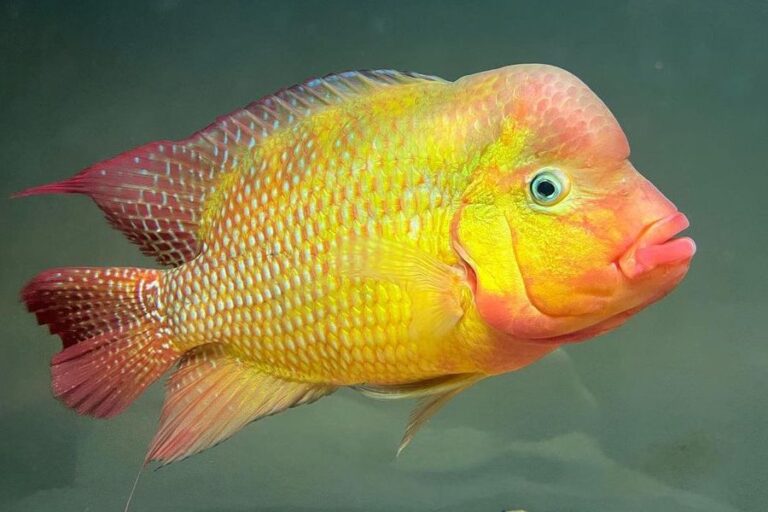Great Lakes Fishing Tactics That Nobody Talks About (But Should)
By Adam Hawthorne | Last Modified: May 16, 2025
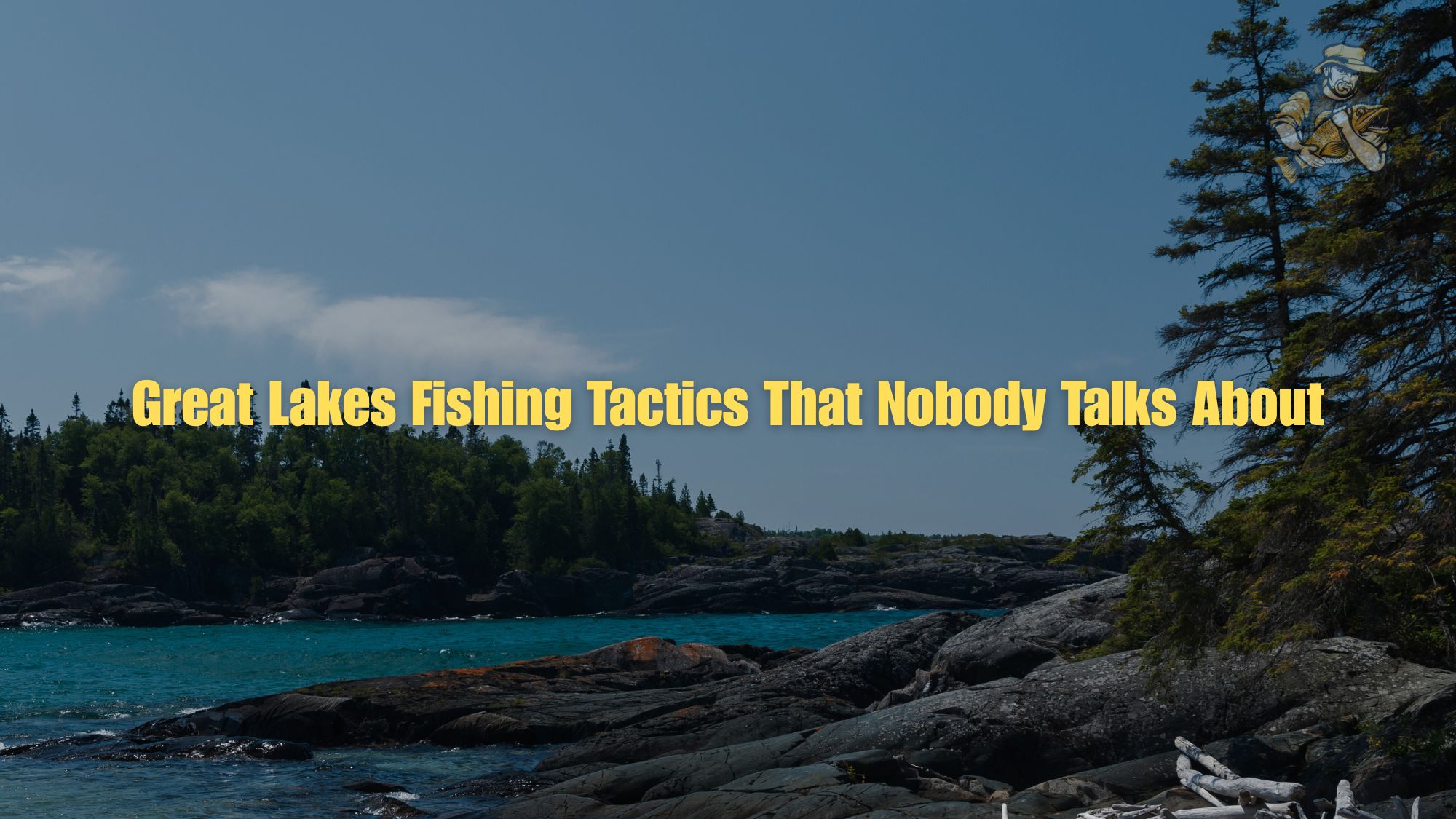
Ever notice how some anglers consistently haul in impressive catches from the Great Lakes while others struggle to get a bite? I’ve spent over three decades fishing these massive inland seas, from the rocky shores of Superior to the walleye-rich waters of Erie, and I’ve learned that success often comes down to tactics that rarely make it into fishing magazines.
Last summer, I was out with my brother-in-law on Lake Michigan near Frankfort. He’d been complaining about “the fishing being off” for three straight trips – meanwhile, I’d been consistently pulling in lake trout. The difference wasn’t luck – it was several subtle tactical adjustments that most anglers overlook.
The Thermocline Truth: It’s Not Where You Think It Is
I can’t count how many times I’ve heard anglers parrot the standard advice about finding the thermocline. You know, that magical layer where warm surface water meets the cold depths – supposedly where all the fish hang out.
Here’s what nobody tells you: in the Great Lakes, the thermocline doesn’t develop uniformly. It’s not a neat, consistent layer like textbooks suggest.
During a guided trip in Traverse City, my client Dave (a fisheries biologist from MSU) explained something fascinating about Lake Michigan’s eastern shoreline. “The prevailing westerly winds actually push that warm surface water toward our side of the lake, which forces the thermocline deeper than most anglers expect.”
I’ve found this to be absolutely true. While most anglers run their downriggers at the standard 45-60 foot depth in midsummer, I’ve consistently found better action setting mine at 65-80 feet, especially after a few days of steady west wind.
This isn’t just theory – it’s made a massive difference in my catch rates. One August morning last year, my fishing buddy Tom and I were working the same water east of the Manitou Islands. He stuck with conventional thermocline depths while I dropped my lines about 20 feet deeper. The result? A 5-to-1 catch ratio in my favor.
The temperature gauge on your fish finder is your best friend here. Don’t trust general rules – trust what the lake is actually doing on the day you’re fishing.
Strange Lure Modifications That Actually Work
I’m not normally one for gimmicks, but some alterations to standard lures have proven incredibly effective in Great Lakes waters – modifications you won’t find mentioned in product descriptions.
Adding Weight to the Wrong End of Spoons
Most anglers assume the weight distribution of commercially-made spoons is optimized. In many cases, that’s true. But for certain Great Lakes applications, the standard design actually reduces effectiveness.
During slow-trolling for brown trout off the Sturgeon Bay shoreline, I started experimenting with adding small strips of lead tape (the kind golfers use on club heads) to the FRONT end of standard trolling spoons – opposite of what conventional wisdom suggests.
What happens is fascinating. Instead of the typical wobble, this creates an erratic, wounded-baitfish action with occasional violent darts. Brown trout, which are notoriously finicky, absolutely hammer these modified lures.
My old fishing mentor Frank from Alpena called me crazy when I showed him this trick. Three hours later, after watching me outfish him 4-to-1 for browns, he was peeling the backing off lead tape strips for his own spoons.
The Cut-Tail Approach to Soft Plastics
Another modification that’s proven deadly involves taking standard tube jigs and making diagonal cuts across the tentacles – but not symmetrically.
I’ve found that an asymmetrical cut (at roughly a 40° angle, removing about 30% of the tentacles on one side only) creates an injured baitfish presentation that triggers reaction strikes from smallmouth bass, especially in clear Great Lakes waters.
When fishing the rocky shorelines near Drummond Island last October, this simple modification turned a slow day into a 25-bass afternoon. The bass would often ignore perfectly good unmodified tubes but would attack the asymmetrically-cut ones with startling aggression.
Is it a pain to customize every tube jig? Sure. Is it worth the extra effort? Absolutely. The difference is too dramatic to ignore.
The Great Lakes’ Best-Kept Secret: Fishing Shipping Channels
This is something I rarely share broadly because these spots can get crowded fast, but the commercial shipping channels that crisscross the Great Lakes are fish magnets that most recreational anglers completely overlook.
In the natural world, fish follow structure. In the Great Lakes, man-made structures like regularly dredged shipping channels create distinct underwater topography that concentrates fish. The edges where these deeper channels meet the natural lake bottom are absolute gold mines.
I first discovered this pattern accidentally while trying to avoid a passing freighter on Lake Huron near Port Huron. As I moved to the edge of the shipping lane, my fish finder lit up with marks. What followed was one of the best walleye sessions I’ve ever experienced.
Since then, I’ve made it a habit to study Great Lakes navigation charts to identify these channels. Some of my most productive spots are where shipping lanes make slight turns, creating subtle points and depressions that fish love to hold in.
The real trick is identifying the “sweet spots” along these channels. I don’t just fish anywhere along the edge. Instead, I look for:
- Points where the channel makes even slight directional changes
- Areas where the depth change is most dramatic
- Sections where natural structure (like a rock pile) intersects with the channel edge
One specific example: there’s a subtle turn in the shipping channel about three miles off Harbor Beach on Lake Huron. The southwest corner of that turn, where the depth changes from 32 to 65 feet over a relatively short distance, has consistently produced trophy walleye for me in late June. I’ve caught multiple 10+ pound fish in that exact spot while boats all around me struggle.
The key to fishing these areas is precision. You need good GPS capabilities and the patience to stay right on that edge. The productive zone might only be 10-15 feet wide, but staying in it can mean the difference between no action and non-stop bites.
Wind Direction Patterns Most Anglers Ignore
Ask most Great Lakes anglers about wind, and they’ll mumble something about “fishing the windy shore” because that’s where baitfish get pushed. While there’s some truth to this, there’s a much more nuanced pattern at play that few anglers recognize.
What matters isn’t just whether the shore is windy – it’s the wind’s direction relative to the prevailing currents and underwater topography. This creates predictable patterns that vary dramatically between different areas of the same lake.
On eastern Lake Michigan, I’ve tracked my catch rates against wind direction for over 15 seasons. The results are clear: a northwest wind that’s been blowing steadily for 1-2 days creates the single best fishing conditions for salmon. But – and this is critical – this pattern completely reverses on the western shore of the lake.
My theory, which several charter captains I know confirm, is that these winds create underwater current seams where temperature boundaries become more defined and baitfish get concentrated.
Last July, I was out with my son Tommy near Ludington during what most would consider terrible conditions – 3-foot waves from a steady northwest blow that had been going for about 36 hours. Most recreational boats stayed in harbor. We caught our limit of king salmon in under two hours, with fish up to 22 pounds.
The really fascinating part is how species-specific these patterns can be. That same northwest wind that positions kings perfectly often sends lake trout deeper and makes them more difficult to target. If I’m specifically after lakers, I actually prefer a steady northeast wind, especially in spring.
I’ve found keeping detailed logs is essential. When I catch fish, I record everything – GPS coordinates, water temperature, wind direction and duration, barometric pressure, and lure details. Over time, clear patterns emerge that are specific to different parts of each Great Lake.
Lake-Specific Approaches That Break the Rules
Each Great Lake has its own personality, and tactics that work brilliantly on one often fail miserably on another. Here are some lake-specific approaches that completely contradict conventional wisdom but have proven incredibly effective.
Lake Erie: The Midday Walleye Secret
The standard advice for walleye fishing everywhere, including Erie, is to focus on dawn and dusk. There’s good reason for this – walleye are typically more active in low light.
However, in Lake Erie’s central basin during midsummer, I’ve discovered that the peak bite often occurs between 11 AM and 2 PM – precisely when conventional wisdom says you shouldn’t be catching walleye.
The reason appears to be thermocline-related. During bright midday hours, Erie’s walleye often suspend at very specific depths that put them right in the thermocline where visibility is reduced and baitfish concentrate. With the sun high, these suspended fish become more comfortable feeding in this comfortable zone.
Last August, I met a couple at the Conneaut launch ramp who were calling it quits at 10 AM after a slow morning. I suggested they try suspending crawler harnesses at exactly 38-41 feet over 70 feet of water. They were skeptical but decided to give it an hour. They called me that evening to say they’d caught their limit by 1 PM.
Lake Superior: The Shallow Lake Trout Phenomenon
The conventional approach to lake trout fishing in most Great Lakes is to go deep – often 80-120 feet – especially during summer months. In Lake Superior, this holds true most of the time.
However, there are specific conditions where Superior’s lakers actually move incredibly shallow – I’m talking 15-25 feet of water – and feed aggressively. This typically happens after several days of strong north winds in late June or early July.
The wind pushes the surface water south, creating a upwelling of cold water along the north shores. When the wind subsides, these areas remain cold enough for lake trout comfort, but with increased light penetration that seems to trigger feeding frenzies.
I discovered this pattern completely by accident while casting for smallmouth bass in shallow water near the Apostle Islands. I hooked into a 15-pound lake trout in just 18 feet of water at 11 AM on a sunny day. At first, I thought it was a fluke, but after catching three more in the same area, I realized something unusual was happening.
Now I specifically target these conditions, using large suspending jerkbaits worked slowly through these shallow, cold-water zones. The hits are incredible – these shallow lakers strike with far more aggression than their deep-water counterparts.
Alternative Presentations That Trigger Strikes
There’s nothing more frustrating than watching fish on your sonar that completely ignore your carefully presented offerings. Over the years, I’ve developed some unusual presentation tactics that often trigger strikes from the most reluctant Great Lakes predators.
The Dead-Stick Trolling Technique
Traditional trolling involves constant movement, but I’ve found that periodic complete stops can trigger incredible strikes, especially for steelhead and brown trout.
Here’s how it works: while trolling at normal speeds (1.8-2.5 mph), I’ll occasionally pull the motors out of gear for 30-45 seconds, allowing the boat to almost come to a complete stop. As the lures begin to flutter and sink, predatory fish that had been following often commit to striking.
The first time I tried this was out of necessity – I had to stop to clear some weeds from another line. As I did, two rods went off simultaneously with steelhead. What seemed like coincidence proved to be a pattern after repeated tests.
The key is to perform this stop-and-go maneuver irregularly. If you do it at set intervals, it seems less effective. I try to vary the duration between stops between 15-25 minutes, and I never follow the same pattern twice.
This technique has been particularly effective on Lake Michigan and Lake Huron for suspended steelhead that show clearly on sonar but refuse conventional presentations.
Vertical Snap-Jigging for Suspended Fish
While fairly common in ice fishing, aggressive vertical jigging for suspended Great Lakes fish during open water season is criminally underutilized.
I remember a frustrating day on Lake Ontario when kings were suspended at 65 feet but completely ignoring our trolled offerings. Out of desperation, I dropped a 1.5 oz Hopkins spoon to their depth and began aggressively snapping the rod tip upward, lifting the spoon 3-4 feet before letting it flutter back down.
The response was immediate and violent – a 24-pound king nearly ripped the rod from my hands. We switched all rods to this technique and boated nine kings in the next two hours.
This approach seems to trigger reaction strikes from fish that are in the vicinity but not actively feeding. The erratic, high-speed movement of the lure upward followed by the vulnerable flutter downward simply proves irresistible to predatory fish.
I’ve since refined this technique with other lures, finding that blade baits like the Silver Buddy and large flutter spoons can be even more effective than traditional spoons in certain situations.
Controversial Weather Patterns That Create Prime Fishing Windows
Let me share something that might sound completely backwards: some of my most productive Great Lakes fishing has occurred during conditions that most anglers avoid entirely.
The “Wrong” Barometric Pressure
Conventional wisdom says fishing is poor during rapidly falling barometric pressure and good during stable or slowly rising pressure. For many freshwater scenarios, this holds true.
However, for pelagic Great Lakes species like salmon and steelhead, I’ve documented a fascinating pattern: the 4-8 hour window immediately following a sharp barometric drop (usually preceding a major storm front) often triggers the most intense feeding frenzies of the season.
I first noticed this by accident. About nine years ago, I was fishing Lake Michigan out of St. Joseph when a storm front approached faster than forecast. As other boats raced for harbor, we decided to make one last pass along a temperature break. What followed was the most intense hour of king salmon fishing I’ve ever experienced – multiple hookups with fish over 20 pounds.
Since then, I’ve intentionally (and safely) fished these pre-storm windows dozens of times with remarkably consistent results. I believe the sudden pressure change triggers a biological response in predatory fish, signaling them to feed aggressively before the system disruption.
The key is safety – I only do this when I have absolute confidence in my ability to reach harbor before conditions become dangerous, usually with smaller systems rather than major storms.
Full Moon Midday Phenomenon
Another piece of conventional wisdom suggests fishing is poor during midday hours around a full moon because fish feed actively at night under the bright moonlight and become inactive during daylight.
Again, for Great Lakes salmon and steelhead, I’ve found the opposite to be true in specific scenarios. During full moon periods in summer, I’ve documented consistently excellent midday bites, particularly for chinook salmon.
My theory is that these fish push extremely deep during bright nights (beyond the range of most anglers’ gear) and then suspend at more accessible depths during daylight. These daylight hours actually represent prime feeding windows rather than rest periods.
Last August’s full moon provided a perfect example. Fishing out of Manistee, most boats reported poor action during early morning, But between 11 AM and 2 PM, we located a school of actively feeding kings at 85-95 feet (much deeper than their typical daytime depth) and caught limits of 15-22 pound fish while boats around us struggled.
Seasonal Patterns Few Anglers Capitalize On
Timing is everything in Great Lakes fishing, and there are several seasonal windows that offer exceptional opportunities most anglers miss entirely.
The Pre-Spawn Brown Trout Window
While many anglers target spring brown trout, most focus on the wrong period. The conventional timing is April through May in most Great Lakes tributaries and nearshore areas. However, the true trophy brown trout opportunity occurs 2-3 weeks earlier than most anglers realize.
I’ve documented over 15 years that the period from mid-March to early April (depending on water temperatures) consistently produces the largest brown trout of the year in nearshore Lake Michigan and Lake Huron.
These fish stage near tributary mouths but haven’t yet moved into the rivers. They’re aggressive, feeding heavily, and still in prime condition before the spawn depletes their body mass.
The challenge is weather – this often means fishing in challenging conditions. But the results speak for themselves. Of the 17 brown trout over 15 pounds I’ve caught from Great Lakes waters, 14 came during this early pre-spawn window.
The Overlooked Fall Trophy Bass Opportunity
Most smallmouth anglers focus on spring and summer fishing on the Great Lakes, but there’s an incredible trophy smallmouth opportunity in October and even into November that gets virtually no pressure.
As water temperatures drop into the low 50s and high 40s, the largest smallmouth in the system move to very specific structural elements – typically isolated rocky humps adjacent to deep water – and feed aggressively before winter.
I stumbled upon this pattern while walleye fishing Lake Erie’s eastern basin in late October about eight years ago. While drifting over rocky structure in 28 feet of water, I caught a 6.5-pound smallmouth on a walleye rig. Switching to more bass-appropriate tackle, we caught and released 12 more bass over 5 pounds that afternoon.
The key factors: water temperature between 48-52°F, rocky structure with quick access to depths over 35 feet, and large profile baits (4-5″ tubes or 1oz hair jigs) worked very slowly along the bottom.
This pattern has proven consistent across Lake Erie, Lake St. Clair, and parts of Lake Michigan year after year, yet I rarely see other anglers targeting these fish.
The Bottom Line On Great Lakes Tactics
Great Lakes fishing isn’t like fishing smaller inland waters. The scales are different, the patterns more complex, and the conventional wisdom often falls short. What works on a 50-acre inland lake might be completely ineffective on Lake Michigan’s 22,300 square miles.
I’ve spent decades learning these waters, and I’m still discovering new patterns and refining techniques. The approaches I’ve shared here aren’t theoretical – they’re battle-tested tactics that have consistently produced when standard approaches fail.
The most important lesson I’ve learned is to question conventional wisdom. The Great Lakes are unique ecosystems with their own rules. The anglers who consistently succeed are those willing to experiment, keep detailed records, and adapt to what the lakes are telling them – not what the latest fishing magazine suggests.
If you’re willing to break some rules and try these unconventional approaches, you might just find yourself with a new perspective on these amazing fisheries – and a cooler full of fish when others come back empty-handed.
Great Lakes Fishing FAQs
What’s the best time of year to fish the Great Lakes?
This entirely depends on your target species. For salmon, peak action typically runs from mid-July through September. Walleye fishing excels from May through August on Lake Erie. Trophy smallmouth opportunities are best in late May/early June and again in October. Rather than following general calendars, I’ve found tracking water temperature trends is far more reliable for predicting peak fishing windows.
Do I need a large boat to fish the Great Lakes effectively?
Not necessarily. While deeper offshore waters require substantial vessels for safety, many prime fishing opportunities exist within 1-2 miles of shore. I regularly fish from a 17′ deep-V aluminum boat, but I’m extremely cautious about weather conditions and always have multiple navigation and communication tools. The Great Lakes demand respect regardless of your boat size – I’ve seen 28′ vessels get into trouble by ignoring changing conditions.
What’s the most overlooked species in the Great Lakes?
Without question, freshwater drum (sheepshead) are the most underappreciated sport fish in the system. Most anglers treat them as nuisance catches, but on appropriate tackle, larger specimens provide excellent fights. They’re abundant throughout the Great Lakes, particularly in Lake Erie. I’ve had days when targeting these fish specifically saved otherwise tough outings. Contrary to popular belief, they’re also excellent table fare when prepared properly from clean, cold water.
Final Thoughts on Great Lakes Fishing Tactics
After three decades chasing everything from perch to muskie across all five Great Lakes, I’ve learned that success often hinges on willingness to question established patterns and adapt to the unique nature of these inland seas.
The tactics I’ve outlined here aren’t just alternatives to try when conventional approaches fail – in many cases, they’re my primary strategies based on years of observable patterns and documented results.
The Great Lakes contain approximately 20% of the world’s surface freshwater and offer some of the most diverse fishing opportunities anywhere. They demand respect, careful study, and sometimes, approaches that might seem counterintuitive.
Whether you’re a weekend warrior or a dedicated angler, I encourage you to keep detailed records, question conventional wisdom, and develop your own system for these waters. The rewards – both in terms of fishing success and deeper understanding of these magnificent resources – are well worth the effort.

Meet Adam Hawthorne
I’m a lifelong fishing enthusiast who’s spent years exploring rivers, lakes, and oceans with a rod in hand. At Fishing Titan, I share hands-on tips, honest gear reviews, and everything I’ve learned about fish and ocean life, so you can fish smarter and enjoy every cast.
Share:

Meet Adam Hawthorne
I’m a lifelong fishing enthusiast who’s spent years exploring rivers, lakes, and oceans with a rod in hand. At Fishing Titan, I share hands-on tips, honest gear reviews, and everything I’ve learned about fish and ocean life, so you can fish smarter and enjoy every cast.
Related Articles
-
Bigeye Thresher Shark
The Bigeye Thresher Shark represents one of the ocean’s most extraordinary predators, distinguished by its dramatically elongated tail fin that can extend up to half…
-
Ranchu Goldfish
The Ranchu Goldfish represents one of the most distinctive and culturally significant ornamental fish varieties in the aquatic world. Known scientifically as *Carassius auratus* var….
-
Pineapple Swordtail
The Pineapple Swordtail (*Xiphophorus hellerii* var. pineapple) represents one of the most striking color variants of the common swordtail, distinguished by its vibrant yellow-orange coloration…
-
Endlers Livebearer
The Endlers Livebearer (Poecilia wingei) stands as one of the most captivating freshwater fish species in the aquarium trade and aquatic biology research. This diminutive…
Fish Species
-
Pristella Tetra
The Pristella Tetra (Pristella maxillaris) stands as one of South America’s most distinctive freshwater aquarium species, renowned for its translucent body and striking fin coloration….
-
Marigold Swordtail
The Marigold Swordtail (Xiphophorus hellerii var. marigold) stands as one of the most vibrant and sought-after color variants within the freshwater aquarium trade. This selectively…
-
Kissing Gourami
The Kissing Gourami (*Helostoma temminckii*) stands as one of the most distinctive and recognizable freshwater fish species in both aquarium hobby and natural ecosystems. This…
-
Red Devil Cichlid
The Red Devil Cichlid stands as one of Central America’s most formidable and captivating freshwater predators, renowned for its striking crimson coloration and aggressive territorial…

